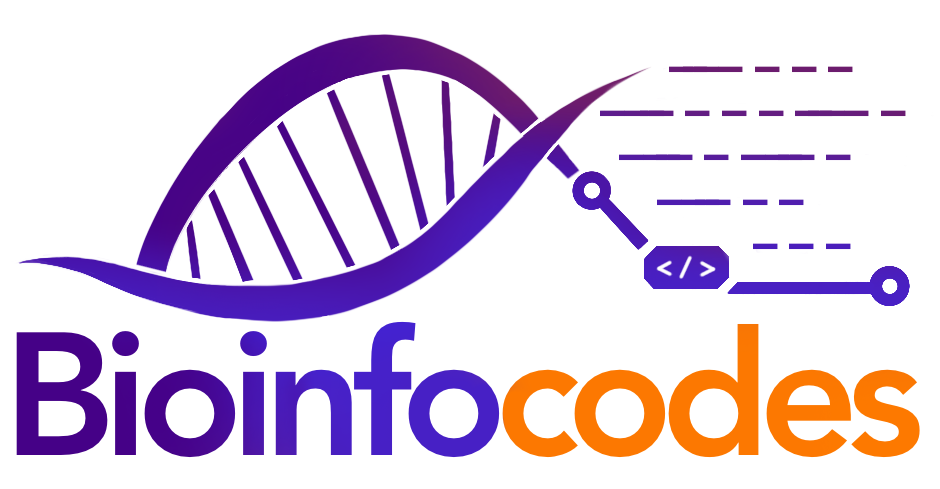Alfa-fetoprotein (AFP), primarily produced by the fetal liver, is a glycoprotein; however, its elevated levels in adults are particularly associated with liver cancer. In this context, AFP plays an influential role as a biomarker for the diagnosis and monitoring of liver cancer. Biological elements such as antibodies or aptamers are used in biosensors to capture AFP molecules selectively. The integration of biosensors into medical diagnostic tools allows for rapid and precise measurement of AFP, providing crucial information about the progression of liver cancer. The real-time monitoring capabilities of biosensors contribute to early detection of the disease and more effective management, ultimately improving patient clinical outcomes. The use of AFP as a biomarker and the integration of biosensor technology with advanced detection tools suggest the potential for more effective and personalized therapeutic strategies in the fight against liver cancer. This approach holds promise for more accurate disease assessment, increased early diagnosis, and personalized treatment in clinical applications.
In this study, Gangopadhyay and colleagues focus on designing and developing a biosensor based on AFP. Emphasis is placed on creating a cost-effective point-of-care testing tool for the early detection of AFP, aiming to increase access to early disease monitoring for low and middle-income communities. In this context, a biosensor was developed using a graphene nanosheet (FLG) coated with 3-thiophene acetic acid (3-TAA) nanoparticles on a glassy carbon electrode (GCE). 3-PTAA nanoparticles were chosen for their compatibility with biological molecules and were effectively utilized to immobilize anti-AFP, creating a biosensor platform. Additionally, the surface morphology and chemical characterization of the modified electrode were determined through various analysis techniques. The performance of the developed biosensor was evaluated in terms of sensitivity, linear/dynamic range, and selectivity, demonstrating its ability to detect AFP antigens in actual human serum samples. This study reports the first nanocomposite electrode based on 3-PTAA modified FLG, highlighting the potential for a low-cost, sensitive, and portable cancer detection tool.
The developed biosensor allows for the direct pouring of 3-PTAA, with high dispersibility and a large surface area, onto the electrode substrate, ensuring effective immobilization of anti-AFP. Moreover, 3-PTAA nanoparticles can function as electron promoters. The biosensor was electrochemically characterized using [Fe(CN)6]3–/[Fe(CN)6]4– redox probe and various techniques were employed for morphological analysis.
Various characterization methods were employed in the analysis, examining the FTIR spectra of FLG and its components. The stretching vibrations of hydroxyl groups in FLG and the skeletal ring vibrations of graphene sheets were observed. In XRD studies, the patterns of FLG, pure 3-PTAA, and 3-PTAA@FLG samples were examined, indicating an effective composite formation in the 3-PTAA@FLG composite. Raman spectrum studies indicated that the samples had G and D bands, and the G and D bands of 3-PTAA nanoparticles were shorter in the nanocomposite compared to FLG. 1H NMR spectroscopy confirmed the chemical structures of 3-TAA, 3-TMA, and 3-TMA, and showed that esterification and polymerization occurred effectively. XPS analysis determined the structure and chemical composition of FLG, 3-PTAA, and 3-PTAA@FLG.
Morphological studies determined the structural characteristics of FLG, 3-PTAA, and 3-PTAA@FLG using FESEM and TEM imaging methods, observing agglomeration, composite formation, and nanoparticle distribution. CV and EIS analyses, conducted to confirm the effectiveness of electrode modification and anti-AFP immobilization, contributed to the evaluation of sensor performance.
In a study investigating the effect of incubation time and temperature on immunosensor performance, an increase in charge transfer resistance was observed with increasing temperature, and increases up to 35 °C were followed by periodic resistance reduction. The developed electrochemical immunosensor’s performance was examined at various AFP concentrations, demonstrating a wide dynamic range and successful performance compared to other graphene-based immunosensors with similar sensitivity. Selectivity, repeatability, and stability studies showed that the immunosensor worked successfully against AFP and was suitable for clinical use.
While representing a groundbreaking success in AFP detection, the developed immunosensor offers a simple and cost-effective solution with a meager detection limit and a wide dynamic range. This promising study heralds a new era in clinical liver cancer biomarker detection and showcases potential applications in the future development of electrochemical immunosensors. This research is a milestone in the scientific community, providing an innovative perspective that will shape future medical diagnostic technologies. In this context, researchers using this technique have the potential to explore new dimensions in achieving a significant breakthrough in the diagnosis and monitoring of liver cancer.
Author: Zehra Nur Koyuncu
Editor: Elif Duymaz
Reference: Gangopadhyay, B., Roy, A., Paul, D., Panda, S., Das, B., Karmakar, S., Dutta, K., Chattopadhyay, S., & Chattopadhyay, D. (2024). 3-Polythiophene Acetic Acid Nanosphere Anchored Few-Layer Graphene Nanocomposites for Label-Free Electrochemical Immunosensing of Liver Cancer Biomarker. ACS applied bio materials, 7(1), 485–497. https://doi.org/10.1021/acsabm.3c01126
-Bioinfocodes Scientific News Service-
News articles prepared by our team members, reviewing and compiling scientific research published in journals with an impact factor greater than 20 (click here for the list).

